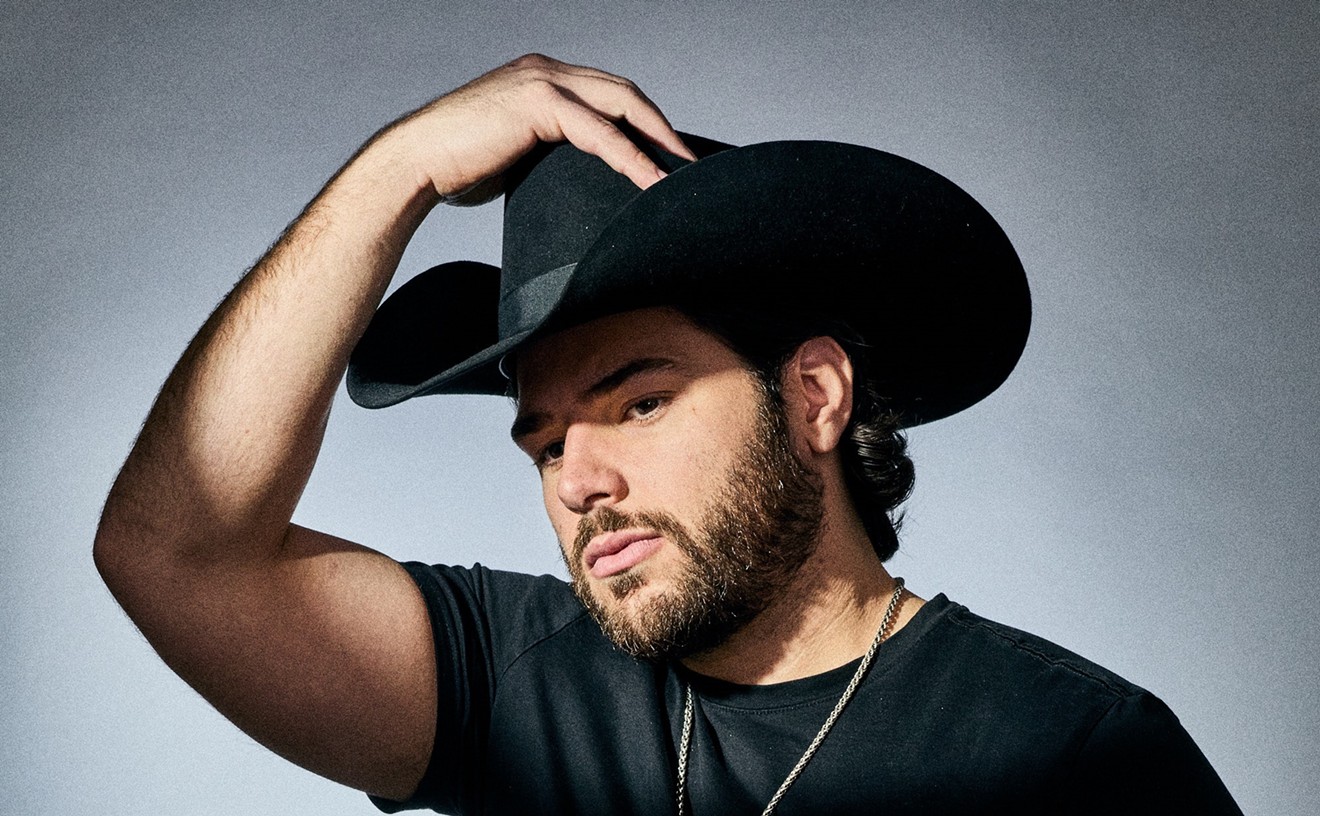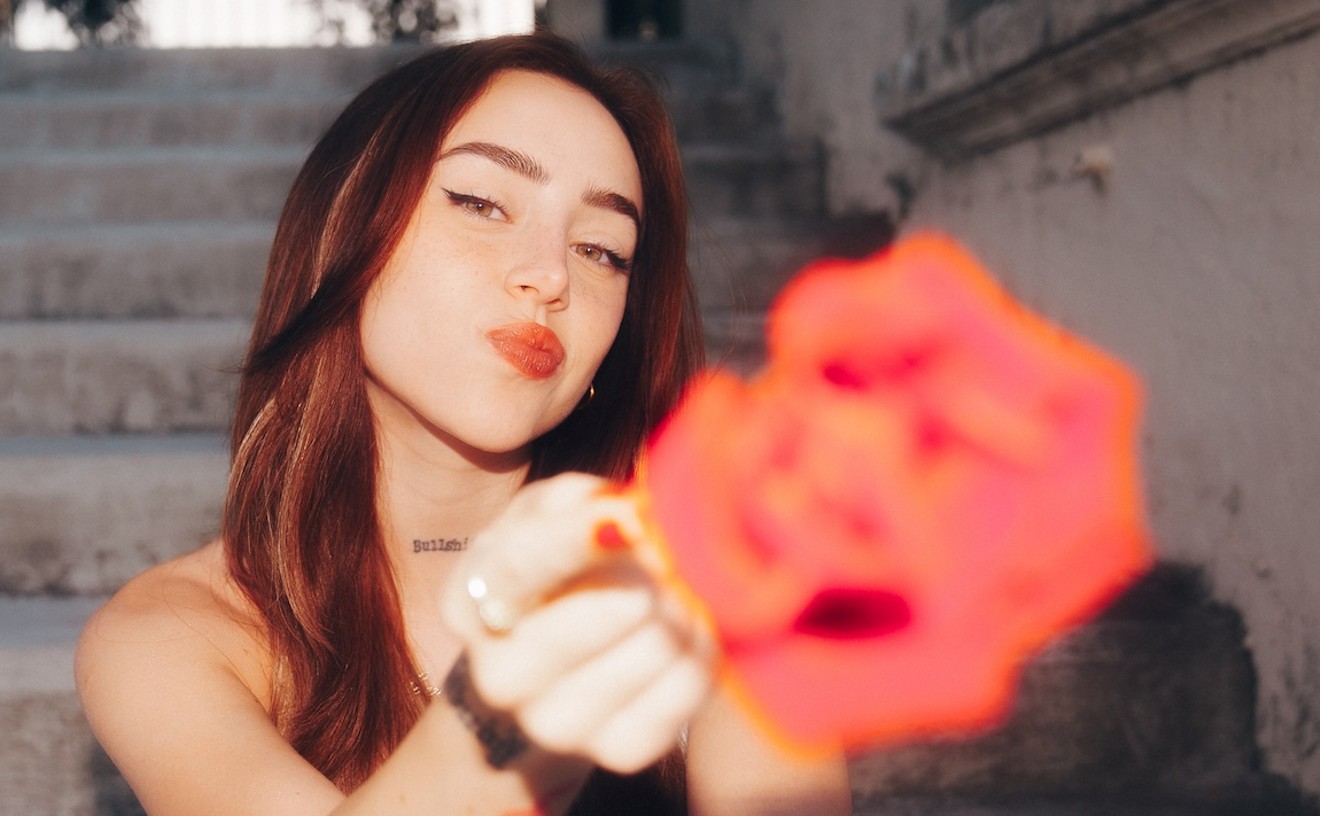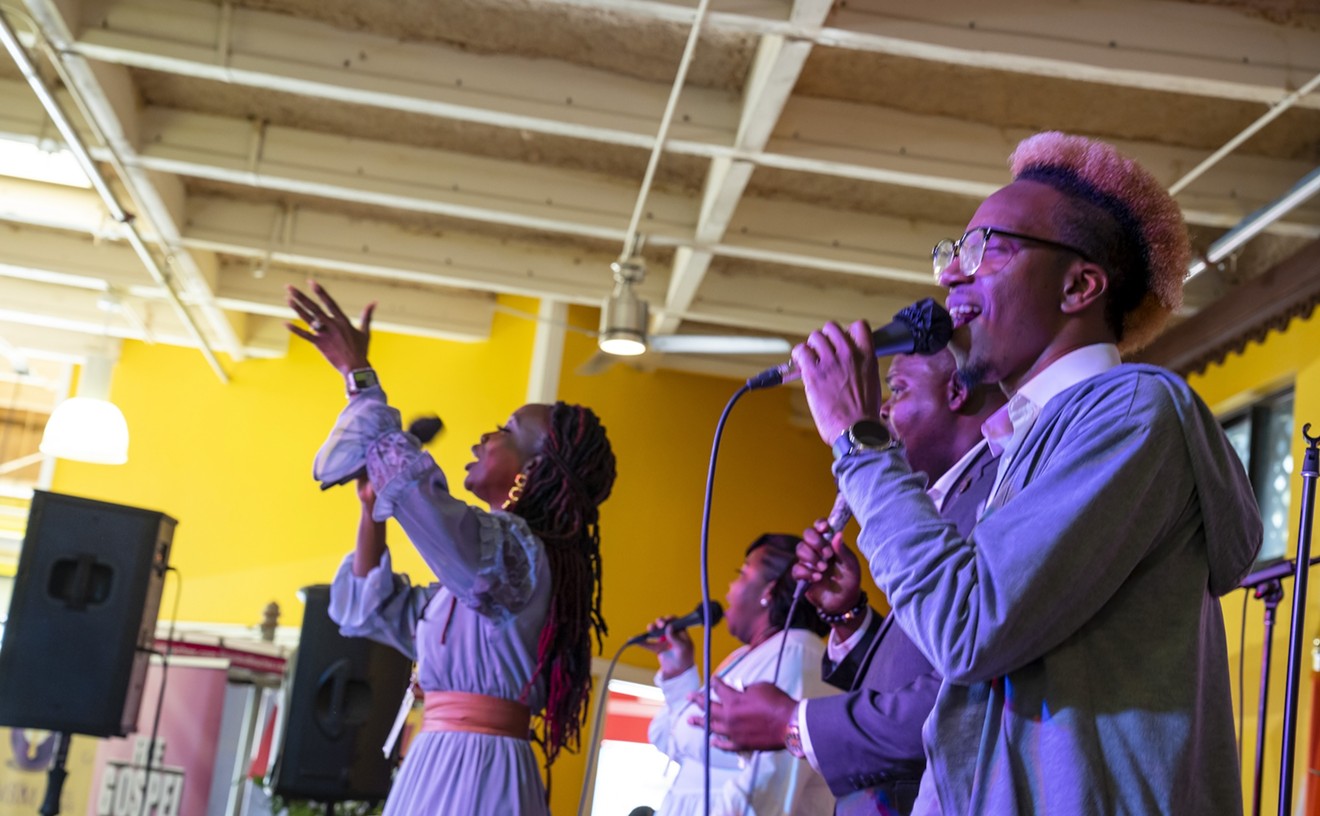Out front a yellow school bus drives by and a pack of screaming school kids shouts, "We love you!" while trying to peer over the gates. Opening the front door to Circle House, Abebe Lewis laughs, "Yesterday they saw Trick Daddy leaving, so that's why they're screaming." Abebe, son of Ian Lewis, Inner Circle's cofounder and bass player, runs the hands-on element of the studio in addition to being chief of A&R for the band's own record label, SoundBwoy Entertainment, which is run from the facility.
Once inside, shiny marble floors and plush leather couches greet you. To the right the studio administrator forwards a call to Ian while keeping a watchful eye on the security video monitors. The fragrant aroma of peas and rice, sautéed salmon, homemade baked croutons, tangy chicken wings, tomato-mushroom bisque, and stir-fried tofu prepared by Paul, Circle House's private chef, permeates the air as you walk toward the Euro-design kitchen. French doors lead past the dining room to an outside foyer with colorful sofas facing a crystal blue curvy pool and Jacuzzi. Construction workers walk in and out of the pool's cabana, which is on its way to becoming Circle House's newest addition, an all-Pro Tools top-of-the-line studio.
Back inside the house, another set of French doors opens to a pool table that faces a wall-size poster of Bob Marley next to a wraparound leather couch and giant screen TV.
Don't think this place is just about play. It's about family. Well, family business. The musicians' commitment to reggae and to one another has always been their driving force. From humble beginnings to international stardom, it is clear that this band's longevity is thanks to talent and attitude. Even against the backdrop of this impressive and enviable recording facility, the members of the band are down to earth, inviting, and grounded. Although the recording studio was originally built for Inner Circle's exclusive use, the relaxed and tranquil atmosphere got the business and loyalty of diverse artists such as José Feliciano, Wu-Tang Clan, Mariah Carey, Lauryn Hill, Chayanne, and the Cash Money Millionaires. "You are welcome, so long as you don't disturb the vibe," says Roger Lewis, Circle House co-owner and Inner Circle cofounder. "We wanted to build a little piece of Jamaica," he says as he looks out upon the lush back yard. "The vegetation, the waterfall, it's like a dream."
The Lewis brothers were not always in this affluent position. The two grew up in Kingston and were brought up on the University of West Indies campus, where their father was the librarian. Trying to recall their musical influences, the duo reminisces about watching the coed life. "The fraternities and sororities would have dances with big bands that had like twenty people in it -- five-piece horn sections, percussion, everything," remembers Ian. "We were eleven, twelve, hearing all these different sounds." Plus "there was only one radio station," interjects Roger, "so we'd hear the range from country to classical music."
After taking a deep breath, Roger continues: "The Caribbean is just a different vibe. So many different influences all the time." Ian describes their early influences as heavy on R&B from America and the rock and roll explosion. "There was the Beatles, Tom Jones," he says with a slight smile. "There was the influence of Jamaican ska and boogie-woogie music."
At the time the band formed in the Seventies, there was a burgeoning music scene arising out of Kingston. The Lewis brothers and their keyboardist, Bernard "Touter" Harvey, were at the epicenter of that scene, alongside legends such as Bob Marley and Dennis Brown. Harvey played and was credited on every one of Marley's albums, whereas Roger and Ian played on the original recording of "Stir It Up" but were not credited. "Because Jamaica was colonized by the British," explains Ian, "there were a lot of good pseudo-Englishmen. But there were also a lot of rumblings on the edge of society; and they were talking about Africa, Rasta, Marcus Garvey." That social consciousness then found a central voice, and the world listened. "We were creating an internal culture," adds Roger. "Bob Marley sang, and he was telling the truth about his life."
"It inspired us to get into the music seriously," Ian remembers fondly.
Inner Circle's first serious lesson in the music business came shortly after high school, when the group was known primarily as a backing band. They had a gig with Toots and the Maytals in San Francisco, and after the show the promoter paid everyone except them. They were stuck in California for two months and had to play around town to make the airfare back home. They played cover songs with a reggae feel. They became popular and played for audiences including Eddie Money, Mickey Hart, and Carlos Santana. They built a relationship with Journey's manager, and with his help Inner Circle became the first reggae band ever signed to Capitol Records.
Since then Inner Circle's Bad Boys has won a 1993 Grammy Award for Best Reggae Album, and in 1994 the group was nominated once again for Reggae Dancer.
The days of wandering aimlessly in foreign lands are long gone, and Inner Circle's touring record has now surpassed most bands. "In the last three or four years, we've been everywhere in the world," says Roger. "Brazil, Guam, India, Taipei, Beirut, Singapore, Malaysia, Sri Lanka...." The band's drummer, Lancelot Hall adds, "And the United Arab Emirates, too."
This commitment to their fans worldwide and their ardent love for the music are precisely what has ensured their staying power. The brothers blame the media for ignorance of Jamaican culture, always linking reggae to marijuana use and delinquency. "[They] associate reggae as weed music. Reggae never hurt anybody," says Roger. "It makes you feel good inside, the beat alone is so infectious."
Inner Circle just completed its eighteenth CD, Barefoot in Negril (released this summer), at Circle House, where P. Diddy cornered the studios for a couple of months in the spring. "The studio is usually booked completely at least two months in advance," says Lancelot.
And Ian Lewis has his hands in a new project: the first Music Fest Miami. Civic leaders, business owners, and musicians have decided to try and bridge the diversity of our county through music. Lewis was made honorary chair and hopes the fest will deliver. "This is our chance to look at each other so we can live together better. We are a melting pot, and sometimes there is tension." This is a chance, he says, to "release something, through music, which is the best way." The best vibe.










